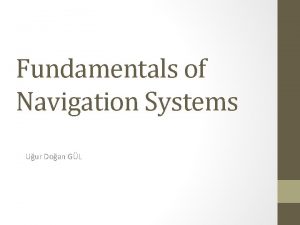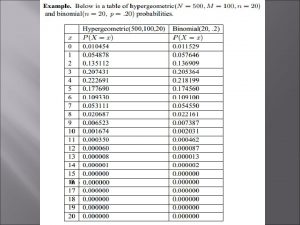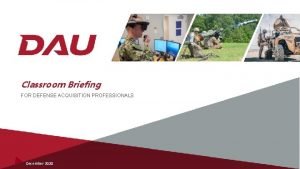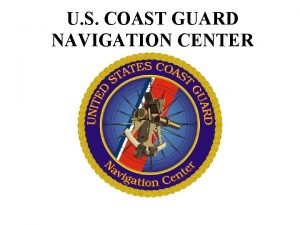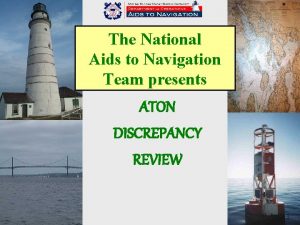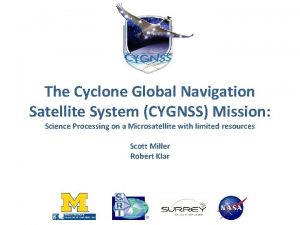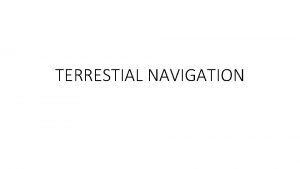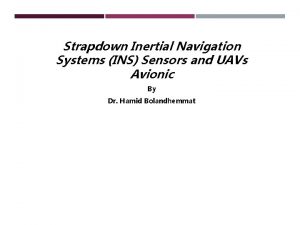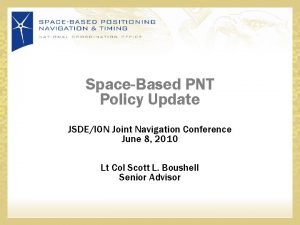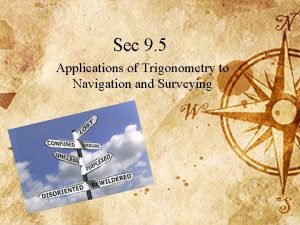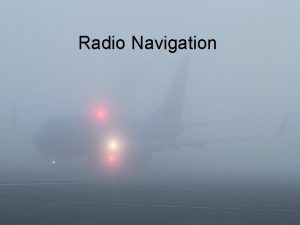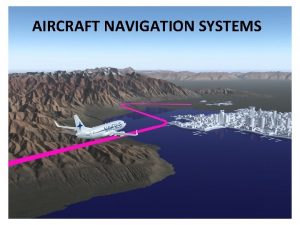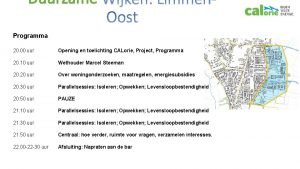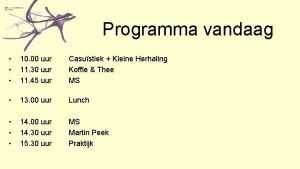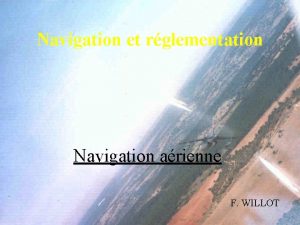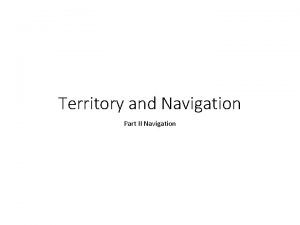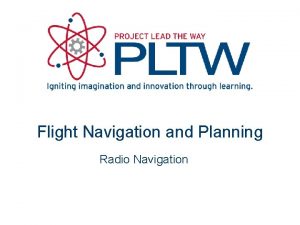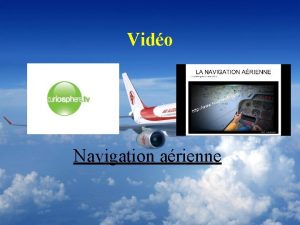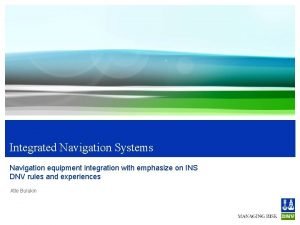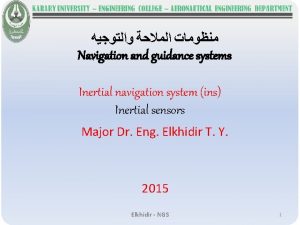Fundamentals of Navigation Systems Uur Doan GL Outline































- Slides: 31

Fundamentals of Navigation Systems Uğur Doğan GÜL

Outline • Coordinate Frames • Earth-Centered Inertial Frame • Earth-Centered Earth-Fixed Frame • Local Navigation Frame • Body-Fixed Frame • Kinematics • Attitude • Angular Rate • Cartesian Position • Velocity • Acceleration • Earth Surface and Gravity Models • The Ellipsoid Model of the Earth’s Surface • Curvilinear Position • Earth Rotation • Specific Force, Gravitation, and Gravity • Frame Transformations • Inertial and Earth Frames • Earth and Local Navigation Frames • Inertial and Local Navigation Frames • Transposition of Navigation Solutions

Coordinate Frames Earth-Centered Inertial Frame • Denoted by the symbol i, • Centered at the Earth’s center of mass, • Oriented with respect to the Earth’s spin axis and the stars,

Coordinate Frames Earth-Centered Inertial Frame • The z-axis always points along the Earth’s axis of rotation from the center to the North Pole (true, not magnetic), • The x-and y-axes lie within the equatorial plane, • They do not rotate with the Earth, but the y-axis always lies 90 degrees ahead of the x-axis in the direction of rotation.

Coordinate Frames Earth-Centered Earth-Fixed Frame • Denoted by the symbol e. • Similar to the ECI frame, except that all axes remain fixed with respect to the Earth. • The z-axis always points along the Earth’s axis of rotation from the center to the North Pole(true, not magnetic).

Coordinate Frames Earth-Centered Earth-Fixed Frame • The x-axis points from the center to the intersection of the equator with the IERS reference meridian (IRM), or conventional zero meridian (CZM), which defines 0 degree longitude. • The y-axis completes the righthanded orthogonal set, pointing from the center to the intersection of the equator with the 90 deg east meridian. • The Earth frame is important in navigation because it is wanted to know the position relative to the Earth, so it is commonly used as both a reference frame and a resolving frame.

Coordinate Frames Local Navigation Frame • Denoted by the symbol n, • It’s origin is the point a navigation solution is sought for. • The z-axis, also known as the down (D) axis, is defined as the normal to the surface of the reference ellipsoid, pointing roughly toward the center of the Earth. • The x-axis, or north (N) axis, is the projection in the plane orthogonal to the z-axis of the line from the user to the North Pole. • By completing the orthogonal set, the y-axis always points east and is hence known as the east (E) axis.

Coordinate Frames Local Navigation Frame • The local navigation frame is important in navigation because it is wanted to know the attitude relative to the north, east, and down directions. For position and velocity, it provides a convenient set of resolving axes, but is not used as a reference frame.

Coordinate Frames Body-Fixed Frame • Denoted by the symbol b, • Comprises the origin and orientation of the object for which a navigation solution is sought. • The origin is coincident with that of the local navigation frame, but the axes remain fixed with respect to the body and are generally defined as x=forward, z=down, y=right, completing the orthogonal set.

Coordinate Frames Body-Fixed Frame • For angular motion, the x-axis is the roll axis, the y-axis is the pitch axis, and the z-axis is the yaw axis. Hence, the axes of the body frame are sometimes known as roll, pitch, and yaw. • The body frame is essential in navigation because it describes the object that is navigating. All strap down inertial sensors measure the motion of the body frame (with respect to a generic inertial frame).

Kinematics •

Kinematics • •

Kinematics •

Kinematics •

Kinematics •

Kinematics •

Kinematics •

Kinematics •

Kinematics •

Kinematics •

Earth Surface and Gravity Models •

Earth Surface and Gravity Models Curvilinear position Position with respect to the Earth’s surface is described using three mutually orthogonal coordinates, aligned with the axes of the local navigation frame: • The distance from the body described to the surface alone the normal to that surface is the height or altitude (h), • The north-south axis coordinate of the point on the surface where that normal intersects is the latitude (L), • The coordinate of that point in the east-west axis is the longitude (λ).

Earth Surface and Gravity Models •

Earth Surface and Gravity Models •

Earth Surface and Gravity Models •

Frame Transformations •

Frame Transformations •

Frame Transformations •

Frame Transformations •

Frame Transformations •

References • PAUL D. GROVES • PRINCIPLES OF GNSS, INERTIAL, AND MULTISENSOR INTEGRATED NAVIGATION SYSTEMS • TL 798. N 3 G 76 2008
 Gl.uur
Gl.uur Melissa doan
Melissa doan Ljhlj
Ljhlj Nhin hinh doan chu
Nhin hinh doan chu Doan keser
Doan keser Fundamentals of information systems 9th edition
Fundamentals of information systems 9th edition Fundamentals of information systems 9th edition
Fundamentals of information systems 9th edition Fundamentals of information system
Fundamentals of information system Electronics fundamentals a systems approach
Electronics fundamentals a systems approach White-collar workers คือ
White-collar workers คือ Fundamentals of information systems
Fundamentals of information systems Fundamentals of information systems 9th edition
Fundamentals of information systems 9th edition Quality management systems fundamentals and vocabulary
Quality management systems fundamentals and vocabulary Acq 1010 fundamentals of systems acquisition management
Acq 1010 fundamentals of systems acquisition management How to write a quote sandwich
How to write a quote sandwich Payment systems outline
Payment systems outline Payment systems outline
Payment systems outline Payment systems outline
Payment systems outline New and navigation schemes selection of window
New and navigation schemes selection of window What is vor navigation
What is vor navigation Us coast guard navigation center
Us coast guard navigation center Safety contour safety depth
Safety contour safety depth What does the daytime aid to navigation mean
What does the daytime aid to navigation mean Cyclone global navigation satellite system
Cyclone global navigation satellite system What is terrestrial navigation?
What is terrestrial navigation? Strapdown inertial navigation system
Strapdown inertial navigation system Joint navigation conference
Joint navigation conference Effects of navigation acts
Effects of navigation acts Math bearings
Math bearings Hdg navigation
Hdg navigation Qoverview
Qoverview Terrain types
Terrain types
